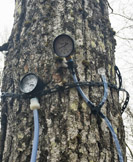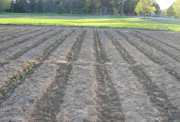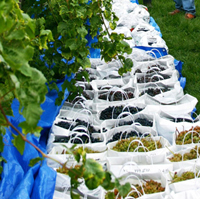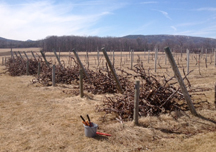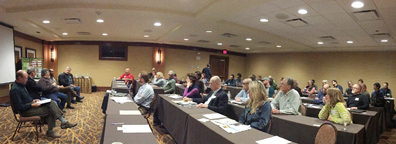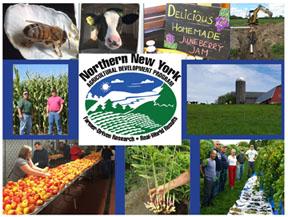 Northern NY Ag Program Receives $600,000; Economic Impact Highlighted in Annual Report
Northern NY Ag Program Receives $600,000; Economic Impact Highlighted in Annual Report
Northern NY. The $600,000 designated in the 2017-2018 New York State Budget for the farmer-driven Northern New York Agricultural Development Program will fund on-farm field trials in Clinton, Essex, Franklin, Jefferson, Lewis and St. Lawrence counties. The budget funding is supported by the New York State Senate and administered through the New York State Department of Agriculture and Markets.
New York State Senator Patty Ritchie, who chairs the Senate Agriculture Committee, noted, “I worked hard to include this funding because I know of the vital work that the Northern New York Agricultural Development Program is performing to help farmers, right here in our region and across the state, strengthening their bottom lines, growing their businesses, and solidifying the future of family farming in New York State.”
“Restoring this line of funding in the State Budget was a priority for me and my Senate Republican colleagues,” said Senator Betty Little. “We recognize the value of this agricultural program and its importance to North Country farmers and know it will be of tremendous value in the year ahead.”
Senator Joseph Griffo said, “With agriculture as one of our leading industries in New York State, it is imperative that our hardworking farmers are able to adapt and stay one step ahead of the environmental challenges confronting our farms today. With this significant funding once again secured by the State Senate on behalf of the Northern New York Agricultural Development Program, I am hopeful that our farmers will be able to continue the innovative research programs necessary to increase their efficiency and to develop new methods for sustainable success.”
The recent Northern New York Agricultural Development Program Economic Impact Report notes the following highlights from projects completed in 2016:
. the potential for a 7-12 percent return on investment for tile drainage installation;
. developing strategies to address dairy calf and cow health challenges specific to Northern New York, including extreme weather forage options and ways to reduce calf loss to heat stress;
. a new agribusiness startup spurred by long-term regional research results;
. horticultural projects addressing disease and pest resistance;
. preparation to refresh the cold-hardy grape research nursery established with Northern New York Agricultural Development Program funding in Willsboro;
. ways to improve beekeeping practices with attention to pollinator health;
. ways to cope with NNY regional micro-climate extremes; for example, recent apple orchard trials address how to save growers up to $6,800 per acre with an irrigation strategy; and
. niche marketing crop development for ginger, edamame, juneberry and birch syrup; for example, an 8-ounce jar of juneberry jam can sell for up to $8; birch syrup can retail at $200 gallon.
In addition to annual economic highlight and research project reports, the Northern New York Agricultural Development Program website at nnyagdev.org includes 2016 project summaries specific to field crops, horticultural crops, and the maple industry.

